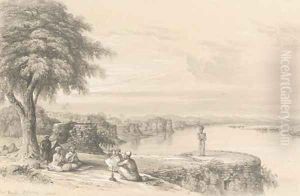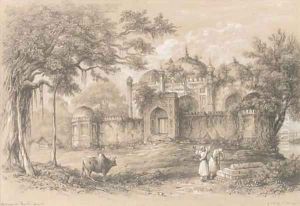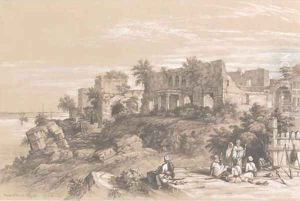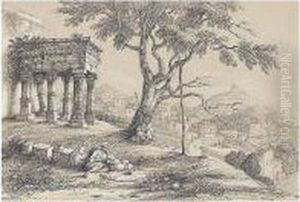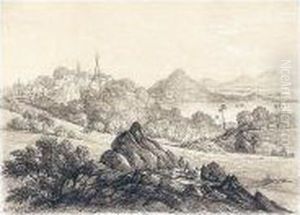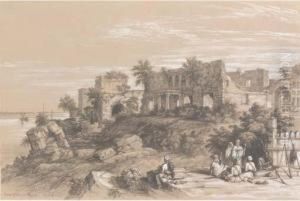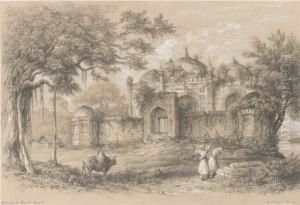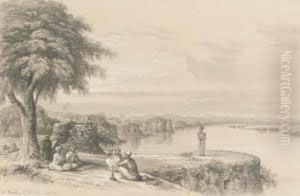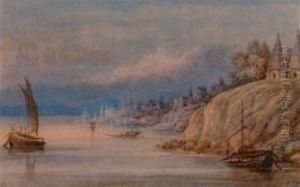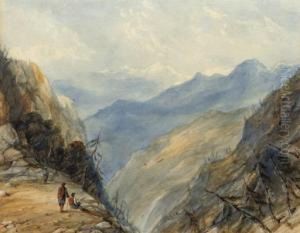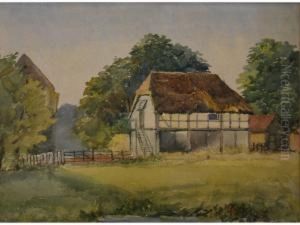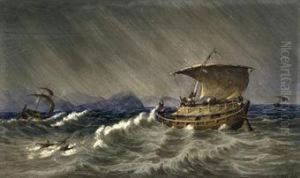Colonel George Francis White Paintings
Colonel George Francis White was an English artist, notable for his contributions to watercolor painting and lithography during the 19th century. Born in 1808, White's artistic journey began at an early age, showing a profound interest in the arts. His dedication to art was paralleled by a career in the military, where he served as a colonel, a role that significantly influenced his artistic subjects and style.
White's artistic oeuvre primarily comprises landscapes, military scenes, and portraits, reflecting his dual engagement with the arts and the military. His landscapes often depicted serene English countrysides, imbued with a sense of tranquility and a deep appreciation for natural beauty. Meanwhile, his military scenes and portraits not only showcased his technical prowess but also offered a glimpse into the life and times of 19th-century military engagements and personalities.
Throughout his career, Colonel White was an active participant in the vibrant artistic circles of his time, contributing to the development of watercolor as a respected medium in British art. He was associated with various artistic societies, through which he exhibited his works, gaining recognition and accolades for his contributions to British art.
In addition to his paintings, Colonel George Francis White made significant contributions to the field of lithography, a printing process that was gaining popularity during his lifetime. He mastered this technique, creating works that were celebrated for their detail and accuracy, further cementing his reputation as a versatile and skilled artist.
Colonel George Francis White's legacy is preserved through his artworks, which continue to be appreciated for their historical value and artistic merit. His death in 1898 marked the end of an era, but his contributions to the arts, especially in the realms of watercolor painting and lithography, have ensured his place in the annals of British art history.
